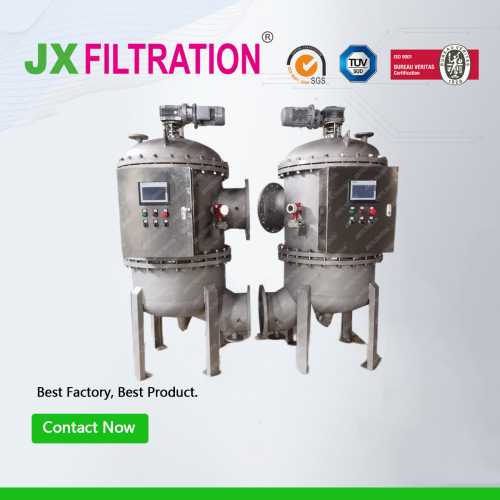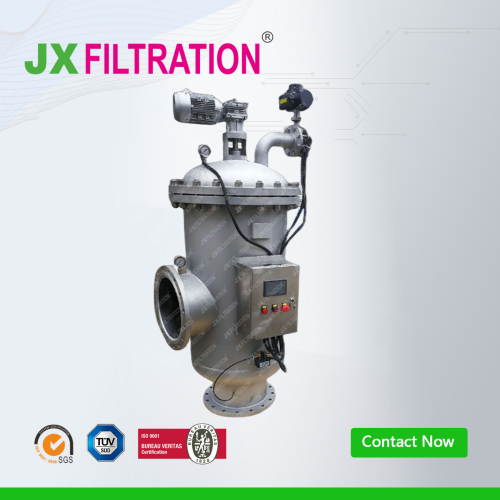What Should Be Noted When Cleaning Backwash Filters
-
During the cleaning Backwash Filter process, ensure that the power supply and water source to the equipment are turned off to prevent any accidental injuries.

-
For chemical cleaning, take precautions to prevent cleaning agents from leaking into other components of the equipment or the surrounding environment to avoid secondary pollution.
-
In practical operations, select the appropriate cleaning methods and parameters based on the specific conditions of the equipment and the characteristics of the filter element. If in doubt, consult the equipment manufacturer or professional maintenance personnel.
Key Steps to Ensure Efficient Equipment Operation
In both industrial and civil applications, backwash filters serve as critical fluid processing equipment. Their function is to remove impurities deposited in pipelines, maintain water quality, and prevent equipment blockage or corrosion. Over time, the filter element accumulates significant amounts of dirt and particles, affecting filtration efficiency and potentially leading to system failures. Therefore, regular cleaning and maintenance of backwash filters are particularly important. This article will detail the cleaning methods and techniques for backwash filters, helping you ensure the normal operation of the equipment.
Working Principle of Backwash Filters
Backwash filters are filtration devices that operate on the principle of pressure differential. They intercept impurities in water using a predetermined pressure difference to drive the filter media layer (such as sand, gravel, or fibers) and rely on external pressure to flush these impurities away. Backwash filters consist of several components, including an inlet, filter mesh, filter layer, backwash nozzle, backwash pipeline, and outlet.
Timing for Cleaning Backwash Filters
To ensure the long-term effective operation of backwash filters, regular cleaning is necessary. Generally, the timing for cleaning should be determined based on the following conditions:
-
When the pressure differential between the inlet and outlet of the filter increases to a certain level, indicating that the filter mesh has accumulated a significant amount of impurities.
-
When the resistance of the filter layer increases, leading to greater water flow resistance, which affects flow rate and efficiency.
-
When there are visible dirt and deposits on the surface of the filter element.
-
When frequent blockages occur during the operation of the equipment.
Any Requirements, Contact Us Now!
Kris
Email/Teams: kris@filtrationchina.com
Mobile/Whatsapp/Wechat: +86 18980776200


